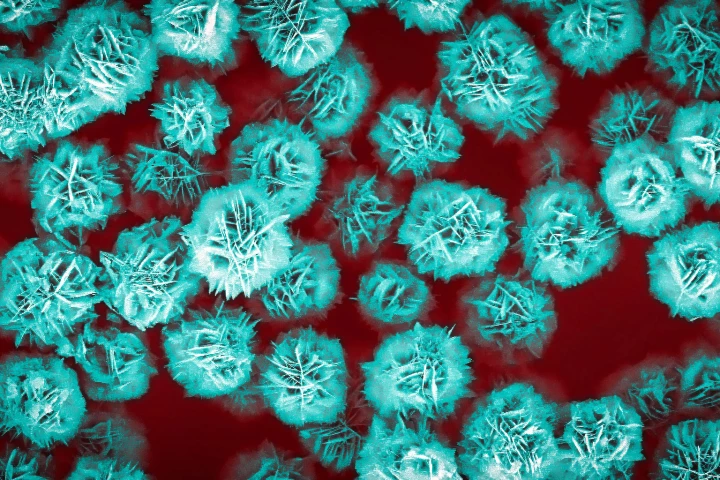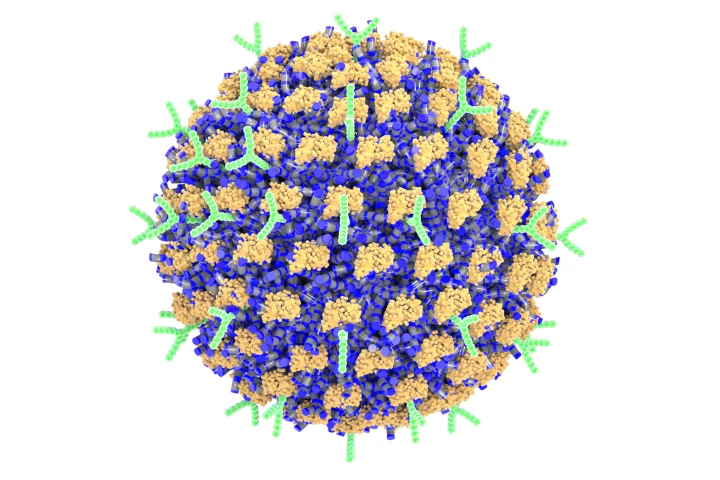Nanoparticles
-
Japanese scientists have created what may be the world’s smallest video game. Using a regular controller, players can control a tiny digital ship, firing nanoscale bullets to push around a physical polystyrene ball just a few microns wide.
-
Using scented products indoors changes the chemistry of the air, producing as much air pollution as car exhaust does outside, according to a new study. Researchers say that breathing in these nanosized particles could have serious health implications.
-
There's a growing body of evidence that gold nanoparticles can trigger significant weight loss that targets fat, without affecting muscles, plus heal organs and improve blood-glucose levels. A new study makes a strong case for the first-ever human trial.
-
Whether a medication is taken orally or intravenously, it ends up traveling throughout the body instead of going solely to the place it's needed. Such could soon no longer be the case, however, thanks to a new microparticle that looks like a flower.
-
Using nanoparticles, researchers have created a sensor that selectively detects levels of cortisol, a well-known stress biomarker. Their cheap and easily reproducible device brings us a step closer to stress testing from the comfort of home.
-
Researchers have developed technology that creates nanoscale sacs containing a compartment within a compartment, like a Russian matryoshka doll. The novel tech is capable of delivering two drugs simultaneously or at different times.
-
Transparent OLED technology has come a long way since early prototypes more than a decade ago, but screens are still a pricey proposition. Korean researchers have developed a 100-inch NTS display for mass production at a tenth of the cost.
-
Researchers have developed drug-loaded nanoparticles that target the cells that cause damaging inflammation following a spinal cord injury. The novel nanotherapy opens the door to new therapeutic possibilities for people with spinal injuries.
-
Researchers have used off-the-shelf components to create a sensor device that is not only cost-effective but can quickly detect 32 different pathogens and has sensitivities on par with the state-of-the-art biosensors used in pathology labs.
-
As recent history proves, airborne respiratory infections are not to be trifled with. Now, a new sprayable coating applied to standard air filters might give us a leg up in the war against the pathogens that cause these diseases.
-
Researchers have created a nanotherapy that selectively targets and shuts down the immune cells responsible for causing an allergic response in mice, preventing anaphylaxis. It could be the first nanomedicine to prevent allergic reactions.
-
In what will soon be commonplace in drug research, scientists have used an artificial-intelligence algorithmic program to identify a compound, currently used in antimalarial treatment, that can effectively reverse the bone deterioration of osteoporosis.
Load More











